Behavior Management Teaching Resources
Bring your classroom behavior management to the next level this school year with behavior management strategies and systems, classroom rules and expectations, student and classroom reward charts and more resources created by teachers for teachers like you!
This collection of teaching resources was developed by the expert teachers of Teach Starter to save teachers valuable time with printable and digital options ready to be downloaded and used — no extra prep necessary!
Just getting started with this part of your overall classroom management strategy? Jump in with this quick guide from our teacher team, including a definition of behavior management and strategies you can use in your classroom.
What Is Behavior Management?
Behavior management is a proactive strategy for teachers to handle behavior in the classroom. By setting up solid student organization strategies, creating clear rules and expectations, and providing consistent feedback, teachers set students up for success.
A good behavior management strategy will give students:
- Specific expectations
- Positive reinforcement when expectations are met
- Fair and consistent consequences when expectations are not met
One of the most popular behavior management strategies these days is CHAMPS, which stands for Conversation, Help, Activity, Movement, and Participation. The goal is to provide students with an instructional structure that promotes responsibility and motivates students.
Why Is Behavior Management Important?
Strongly backed by research, behavior management strategies like CHAMPS have been shown to:
- Provide students with a sense of connection to school and their peers
- Promote a productive learning environment
- Minimize classroom disruptions
Behavior Management Strategies to Use in Your Classroom
Before we dig in too deeply, it's worth stressing that the goal of the strategies you're about to read is to accentuate the positive, that is, to keep control of the behavior in your classroom in a positive way.
We've also included a mix of strategies that will help you prevent negative behavior as well as some simple things you can do to curb unwanted behavior in the classroom.
Redirect
This technique is simple, yet effective. When you notice a child is off-task, simply move their attention from one thing to another. For example, if one student is distracting another student, you may direct their attention to the work at hand by saying you'll be over in a few minutes or simply asking that student what they are up to.
Ignore Secondary Behavior
When a child is being warned about inappropriate behavior, you may notice a secondary behavior, such as an eye roll or a delayed response to a question. This behavior is often to avoid humiliation in front of peers.
If the initial poor behavior has stopped, ignoring the secondary behavior — as long as no one is in danger and it hasn't caused additional classroom disruption! — can prevent the situation from escalating. If you feel you need to, you may opt to talk to that student one on one after the lesson to reflect on the situation (without the audience of the other students).
Plan Your Transitions
A transition in a classroom is when a student moves from one activity to another. It can be a significant change such as transitioning from gym or the cafeteria back into the classroom or a more minor change such as transitioning from time on the carpet back to their seats.
For little brains, transitions can be tricky as they need to go from an active state to a focused state ready for learning, and this is where inappropriate behavior may start to fester.
Planning for how you and your students should transition can help avoid this situation from escalating. A simple transition for the example of going from PE back to class, for example, could be to use a fun movement such as walking like a ballet dancer back to class.
Make sure to explicitly teach students what they should be doing during transitions, so they know the sort of behavior you expect!
Offer Choices
Providing a student with choice is extremely powerful! It makes them feel like they are in the power seat, when in fact, you've planned it out beautifully! When you notice inappropriate behavior, instead of issuing a demand, offer a student a choice of two options. The first choice would be the route you'd like them to take. The second is the consequence of not taking the first option.
For example, "Zane, would you like to remove yourself from the distracting spot you're sitting in, and complete your work? Or, would you like to stay with me at lunchtime to complete the work then?"
You'll find that most of the time, the student will take the better option in this scenario.
Attention Grabbing
This is similar to the "redirect'" option, but this is a strategy to use if a number of students are starting to get off task. Use some fun attention-grabbing techniques like call and response ( you can download our Attention Grabbing Phrase Cards and use those!).
You can then redirect the group's attention back to the work by providing some more information that may support them in finishing the task.
Use Positive Non-Verbal Reminders
You don't always have to use your voice for your behavior management to work. Non-verbal reminders can be equally powerful and limit the disruption to the class. Simple non-verbals like stopping what you're saying and smiling at the student who may be off task is sometimes all that is needed for some students. This lets them know you know they're off-task in a gentle way.
Another non-verbal reminder is to just lower your body down to the level of the child while you continue with the teaching, or do a simple tap on their desk as you walk past.
Set Up a Calm Corner
Little kids experience BIG emotions, and often when they are trying to deal with these big emotions, they struggle with self-regulation.
Another behavior management strategy that will work for some children is just some time away from the hustle and bustle of the classroom. If you have the space, set up a corner of the classroom for students to 'chill out.' You can fill the space with fidget toys, weighted blankets, wobble cushions, a tub of sensory toys and similar objects.
If you are noticing a student that isn't responding to the smaller behavior management strategies, 5 minutes in the chill-out corner/area may help this student.
Another idea — sending a student to another teacher with a note that says something simple such as "John needed some space." This gets the student out and about and gives them some purpose by having the very important job of delivering the note to the other teacher.
Get Them Moving
We know a student's attention span is short, and yet we expect them to sit and listen and use their brains for long periods of time ... often longer than their age allows. Ensuring you have had a lot of movement integrated into your day is a great way to limit the number of behavior situations you may encounter in a day.
It could be as simple as a "stop work and stretch at your desks" type situation, but you may be surprised by how planning these active brain breaks into your day can improve behavior in the classroom.
- Plus Plan
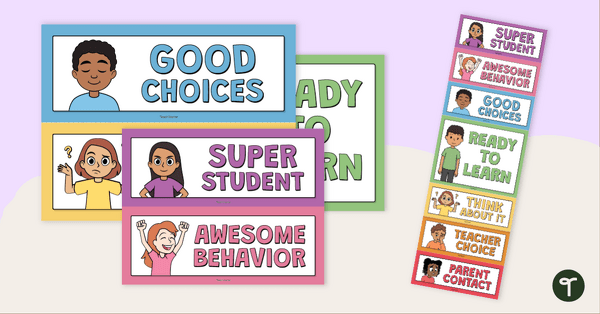
Behavior Clip Chart
Manage classroom behavior in a visual way with a printable behavior clip chart.
- Plus Plan
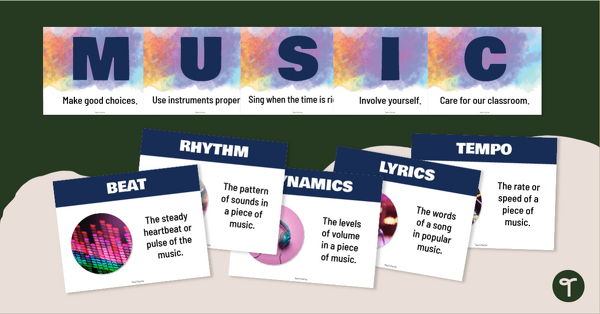
Music Classroom Posters
Decorate, educate, and build classroom management with a set of printable Music Classroom Posters.
- Plus Plan
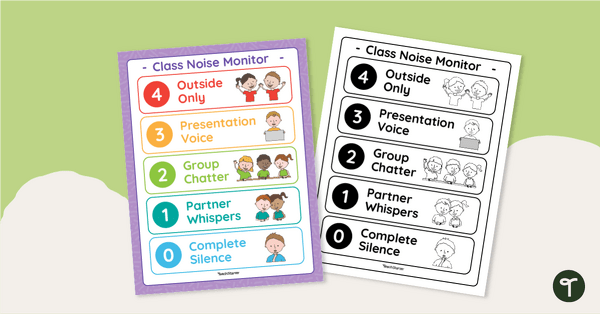
Classroom Noise Monitor Poster
Remind your students of the appropriate noise level within the classroom with our noise monitor poster.
- Plus Plan
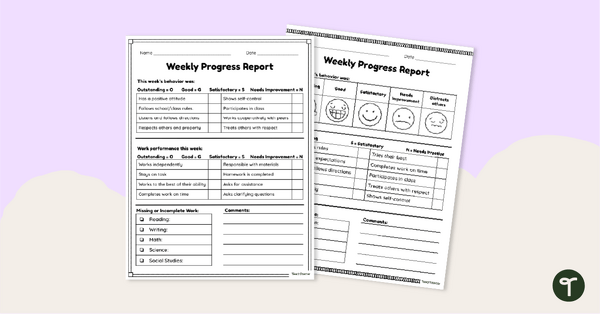
Weekly Progress Report Template
Use a printable weekly progress report template to keep parents up-to-date on their student's behavior and work habits.
- Plus Plan
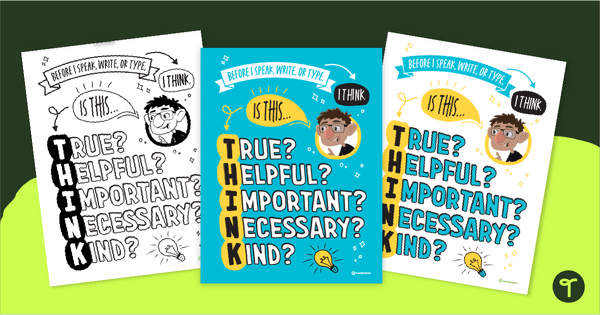
THINK Strategy - Think Before You Speak Poster
Promote positive communication using the THINK strategy and our printable Think Before You Speak Poster.
- Plus Plan
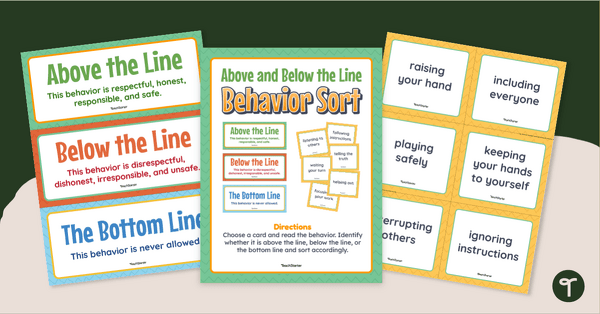
Above and Below the Line Behaviors - Sorting Activity
Remind students of behaviors that are "above the line", "below the line", and "bottom-line" with this sorting activity.
- Plus Plan
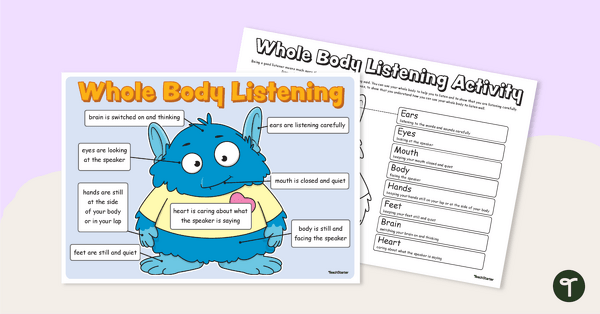
Whole Body Listening – Poster and Worksheet
Use this poster and accompanying worksheet to teach your students about whole body listening.
- Plus Plan
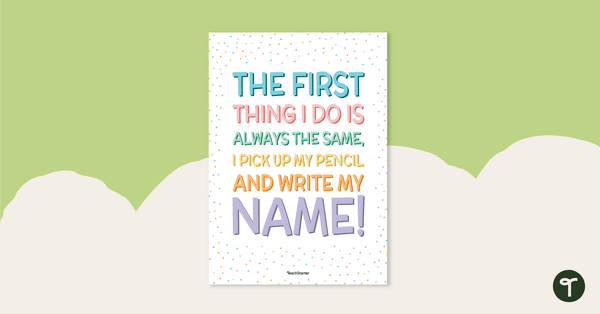
Remember to Write Your Name Poster (Primary)
Make nameless student work a thing of the past with this poster reminding students to write their names on their work.
- Plus Plan

How to Be a Good Friend Poster
Use this poster to teach your students how to be a good friend to others.
- Plus Plan
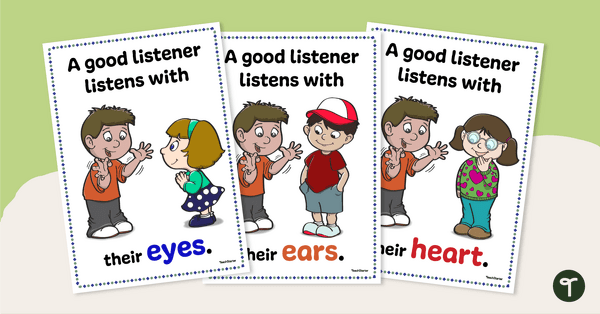
Good Listener Anchor Charts
Use these anchor charts to teach your students how to be good listeners.
- Plus Plan
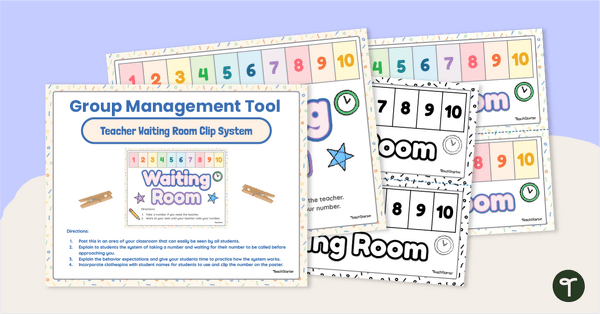
Teacher Waiting Room - Clip System
Calm classroom chaos when students need one-on-one help from the teacher with a printable Teacher Waiting List Clip System!
- Plus Plan
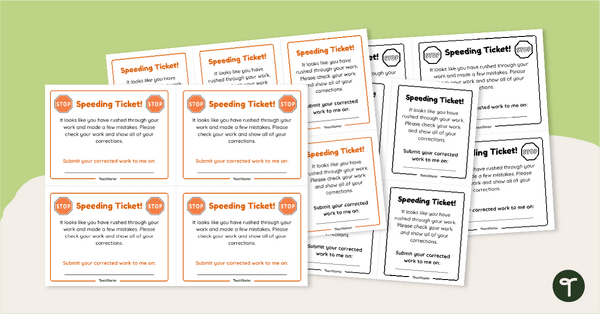
Student Speeding Ticket Templates
Urge your students to slow down and take their time on assignments by issuing them a printable ‘Speeding Ticket’ to encourage revisions.
- Plus Plan
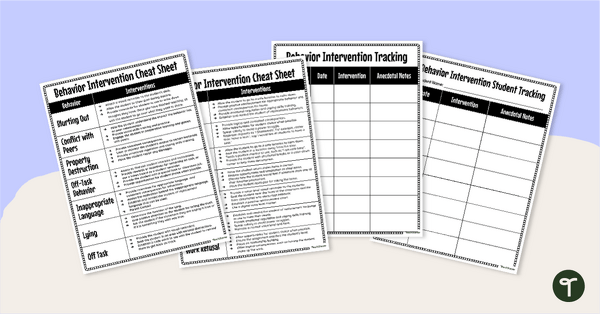
Behavior Intervention Cheat Sheet
Keep a Behavior Intervention Cheat Sheet at your fingertips to help manage classroom behaviors quickly and easily.
- Plus Plan

Behavior Reflection Sheet for Kindergarten - Think Sheet
Use a printable behavior reflection think sheet to help your little learners identify appropriate behavior choices in the classroom.
- Plus Plan
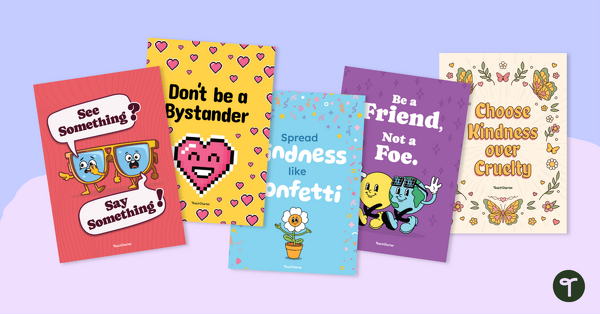
Printable Anti-Bullying Posters
Decorate your classroom and school during National Bullying Prevention Month with printable Anti-Bullying Posters!
- Plus Plan
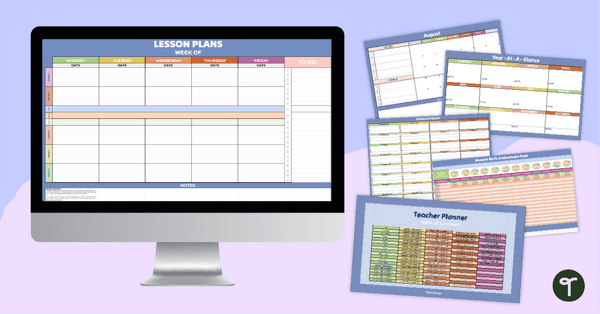
Google Sheets Digital Teacher Planner
Start the school year with a ready-made digital lesson plan and record book using our Google Sheets Digital Lesson Planner.
- Plus Plan
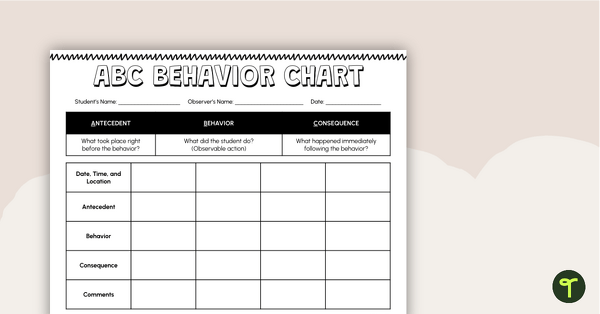
ABC Behavior Chart
Identify triggers for challenging student behavior using an ABC Behavior Chart.
- Plus Plan
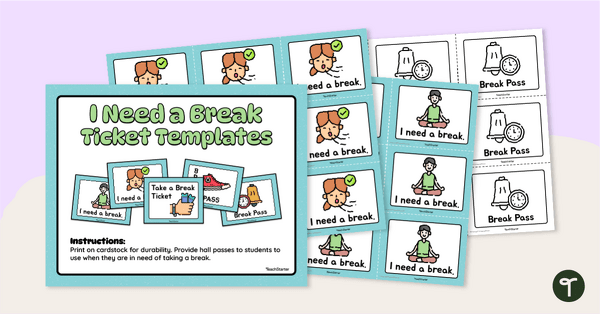
I Need a Break! Card Templates
Help your students regulate their emotions by presenting them with an ‘I Need a Break!’ card for a few minutes of downtime.
- Plus Plan
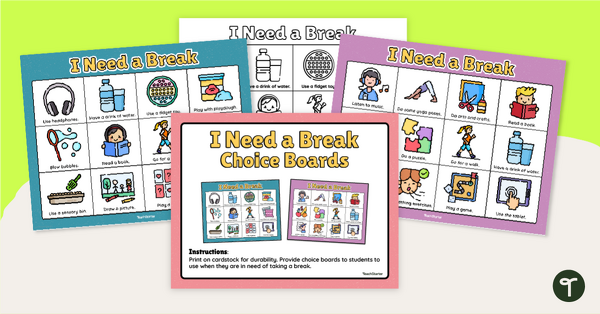
I Need a Break - Choice Boards
Help upset students regulate their emotions in the classroom with our printable ‘I Need a Break!’ choice boards.
- Plus Plan
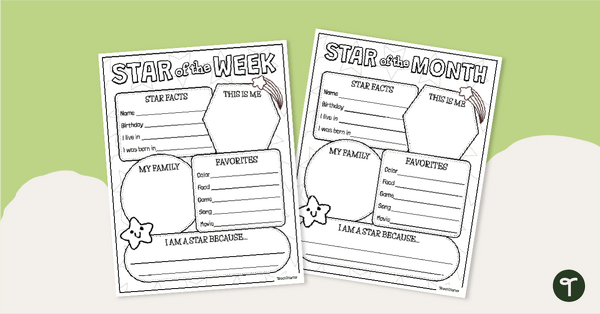
Star of the Week Poster Templates
Celebrate successful students with printable Star of the Week Poster Templates!
- Plus Plan
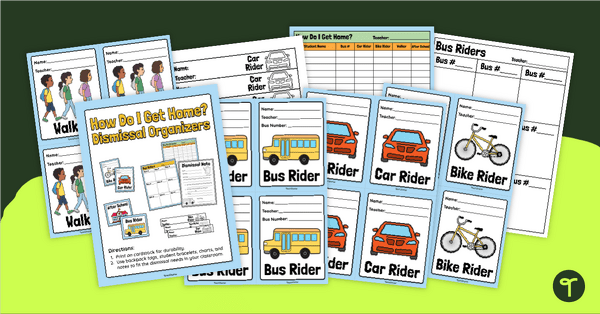
How Do I Get Home? Backpack Tags & Forms
Use printable backpack tags to organize student transportation at the end of the school day.
- Plus Plan
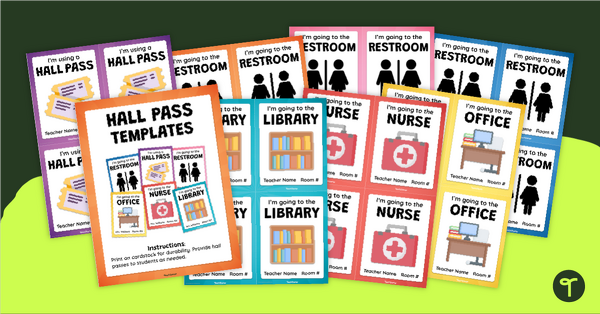
Hall Pass Templates
Send your students down the hall in style with fun printable hall passes using our customizable hall pass templates.
- Plus Plan
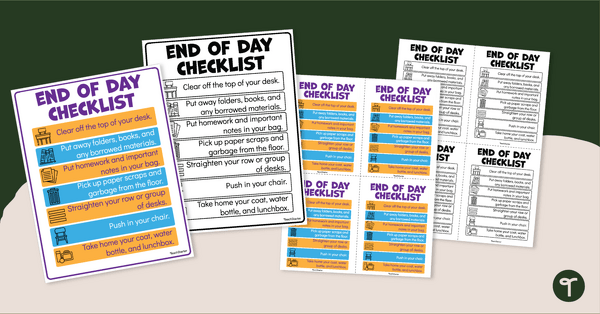
End of Day Checklist & Poster
Help your students remember end-of-day classroom procedures with a printable poster and packing-up checklist.
- Plus Plan
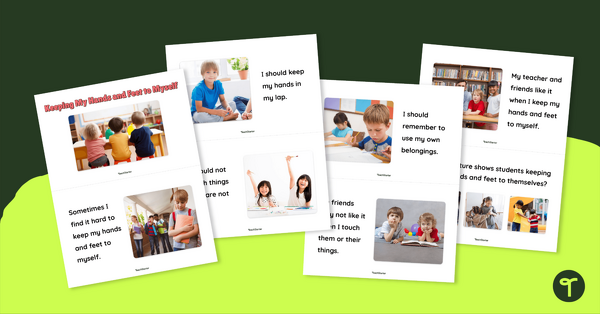
Keeping My Hands and Feet to Myself Mini-Book
Teach your students about the importance of keeping their hands and feet to themselves with this printable mini-book.
- Plus Plan
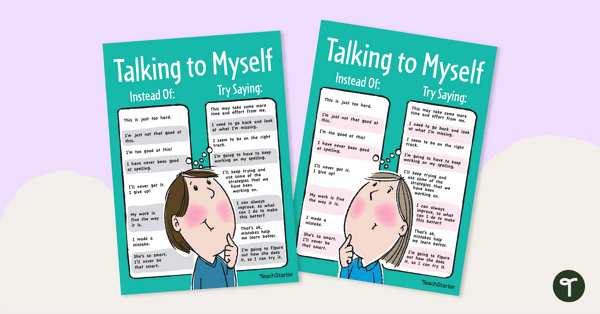
Positive Self-Talk Poster: Talking to Myself
Highlight the benefits of positive self talk and having a growth mindset with this classroom poster.
- Plus Plan
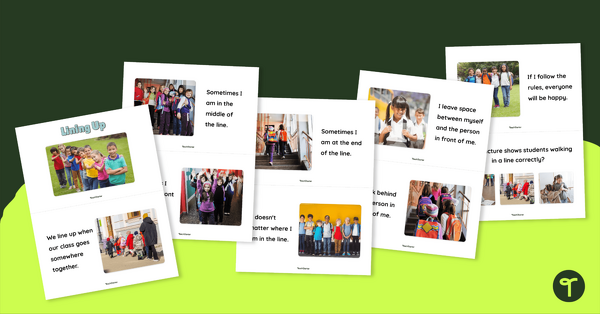
Lining Up Mini-Book
Teach your students the proper way to line up with this printable mini-book.
- Plus Plan
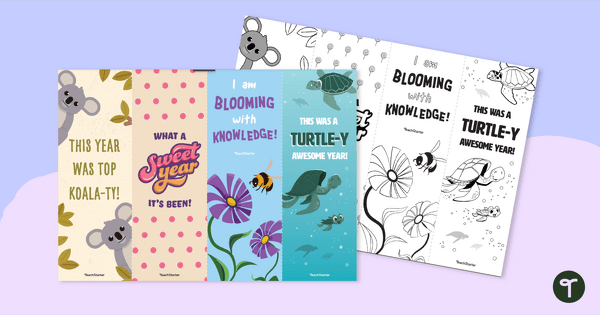
Last Day of School Printable Bookmarks
Send your students off for the summer with one of our end-of-year bookmarks to color.
- Plus Plan
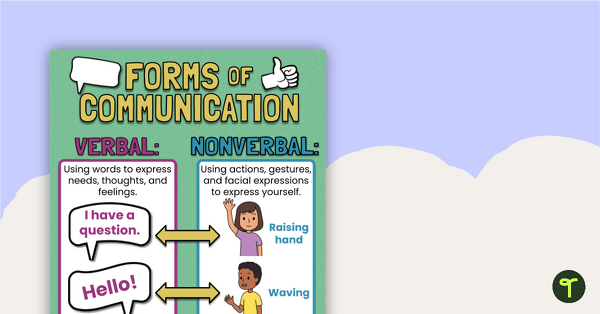
Verbal and Nonverbal Communication Poster
Teach your young students the key to communication by starting with the basics — the difference between verbal and nonverbal communication methods.
- Plus Plan
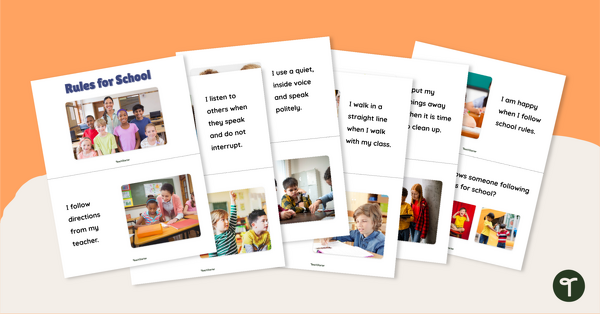
Rules for School Mini-Book
Remind students about appropriate behaviors at school with this printable mini-book.
- Plus Plan

Superhero Reward Charts
Motivate and reward students in the classroom with a set of superhero themed desk charts.
- Plus Plan
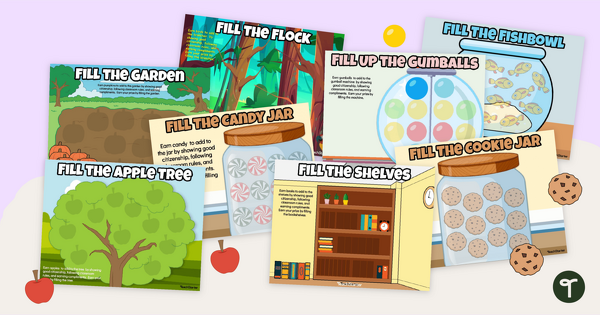
Behavior Reward System - Token Charts
Celebrate classroom successes with a set of fun-themed classroom reward charts.
- Plus Plan
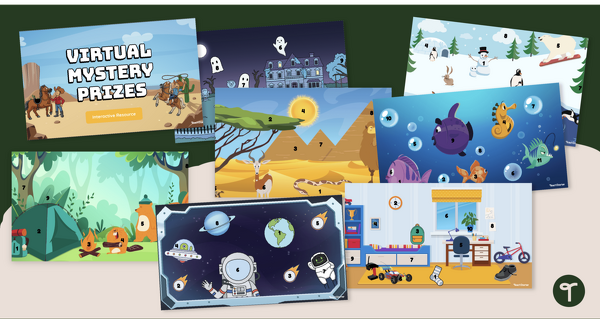
Mystery Prize Picker - Interactive Behavior Rewards
Reward your students with special surprises by using our interactive behavior reward picker!